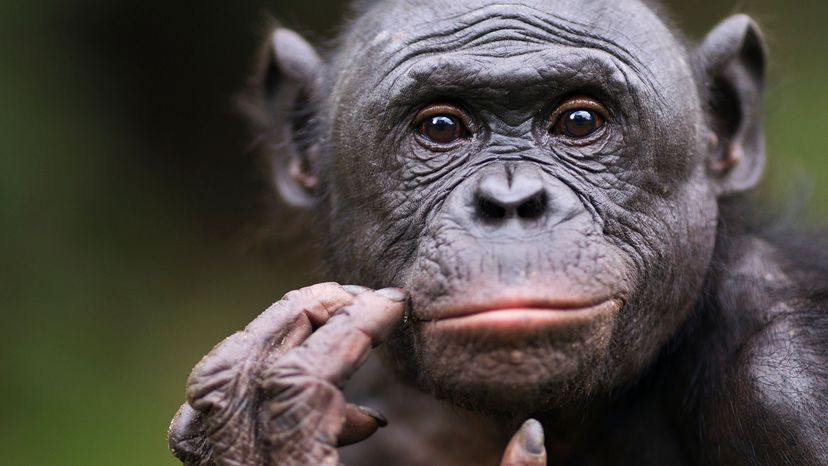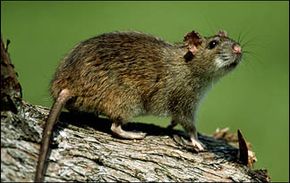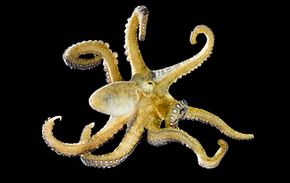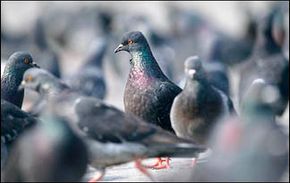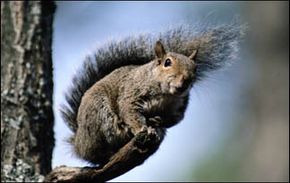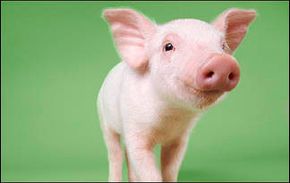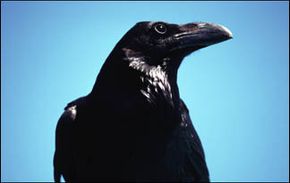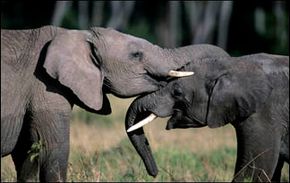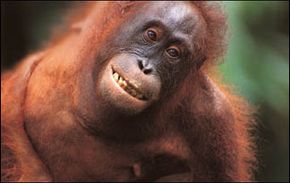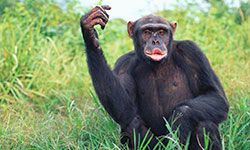Kudos should go to the invertebrate with the strength and skill to screw a lid off a jar! No. 9 in our list of world's smartest animals is the octopus, one of the smartest creatures in the sea. This animal is still poorly understood, but scientists are constantly discovering new and impressive abilities.
Octopi play, solve problems, navigate through mazes and have respectable short-term memories. But how is an animal that belongs to the same class as the snail capable of such clever feats? It may be that the combination of strength, agility, curiosity and a lot of brainpower sets the octopus apart from its soft-bodied brethren.
An octopus brain is proportionally as large as some mammals' brains, but it displays a high level of organization, which helps it catch its prey and avoid predators. However, its shape-shifting and camouflage abilities reveal only a fraction of this remarkable creature's brainpower. Although its nervous system includes a central brain, 3/5 of the octopus's nerves are distributed throughout its eight arms which serve as eight mini brains. Well, no wonder it's so smart.
A video captured an octopus pulling two halves of a coconut shell, which it later uses as shelter. The intelligent animal knows the shells will come in handy at a future date.
Octopuses show the same smarts when brought into science labs. Researchers confirmed that octopi could recognize individual humans despite them wearing identical uniforms. In fact, the animals behaved differently around the person who fed them and the person who touched them with a bristly stick – something we humans would definitely do.
